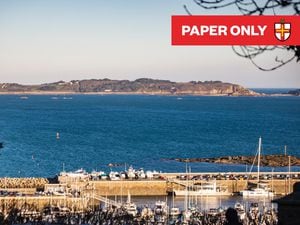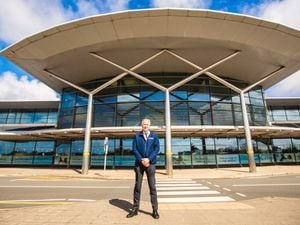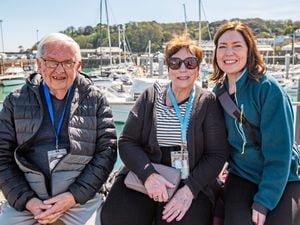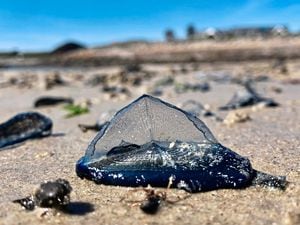Fall in consumption will figure in plans for dairy redevelopment
A DROP in milk consumption can be factored into plans for the Future Guernsey Dairy Project, the Guernsey Dairy general manager has said.

Andrew Tabel said he was pleased with Island Global Research’s survey results, despite it revealing a near-10% fall in household consumption of Guernsey Dairy’s milk – from 97% in 2015 to 89% in 2019 – as this would influence any decisions they made about the Guernsey Dairy’s future relative to what was actually needed now.
‘We were encouraged by the fact that 1,600 local households took part in the study,’ he said.
‘We’ve got some really good results there, I mean 83% felt strongly that Guernsey milk should still be produced on the island, which is good news for us and good news for Guernsey farmers.’
He hoped the results would now propel their policy letter ‘Future Guernsey Dairy Project’ forward.
‘Primarily what we wanted to do was to take the opportunity to commission a new survey because we wanted to have some form of supportive and durable evidence to support the policy letter which received States endorsement in 2014,’ he said.
‘Dairy farming industry is inextricably linked to sustaining Guernsey’s environment and agricultural economy and we want to ask firstly about maintaining a States-owned Dairy and secondly about funding from the capital reserve to take the project to the next phase – looking at potential sites, doing environmental impact assessments and things like that.
‘Plus ensuring we can continue to support conservation in the unique environmental role of enhancing biodiversity and upholding the genetic integrity of the Guernsey breed.
‘There’s a long way to go before we put a spade in the ground, for want of a better building term. These sort of things will have to be done to ensure we’re going down the right route and there’s an appetite for investing in the island dairy which is wider than the dairy itself.’
The next phase of the project is the design and analysis phase, which it is estimated will cost around £2.3m. from the capital reserve and includes project management, specialist dairy and food manufacture technical advice, process engineering and an environmental impact assessment, as well as other consultancy requirements such as factory building construction design professional fees, potential site purchase option and contingency sums at 20%.
Despite the IGR survey revealing a fall in regular household milk consumption, Mr Tabel added findings such as these were important in helping them decide the path they would take with the dairy with regards to a new site.
‘This is what the next phase will determine,’ he said.
‘If the industry is shrinking then you don’t need to fill the larger facilities to accommodate it, what you need to do is to make sure that its size is fit for purpose. That way you get the operation efficiency built into a facility which is fit for purpose. The next phase is crucial to determining what the actual island needs are going forward and the survey supports the evidence which we’ll be looking at.’
The dairy has operated from its St Andrew’s site for nearly 70 years and with the last major refurbishment more than 30 years ago, much of the building fabric and equipment is now reaching the end of its operational life – meaning the dairy is faced with the task to either begin a major refurbishment or find a new site.
The States’ Trading Supervisory Board estimates the construction cost for either option is likely to be between £22m. and £26m., with potential efficiency savings, compared with the current dairy deficit of more than £0.5m. a year, and could be completed in 2024.
The ‘Future Guernsey Dairy Project’ policy letter is due to be debated during the 17 June States meeting.





